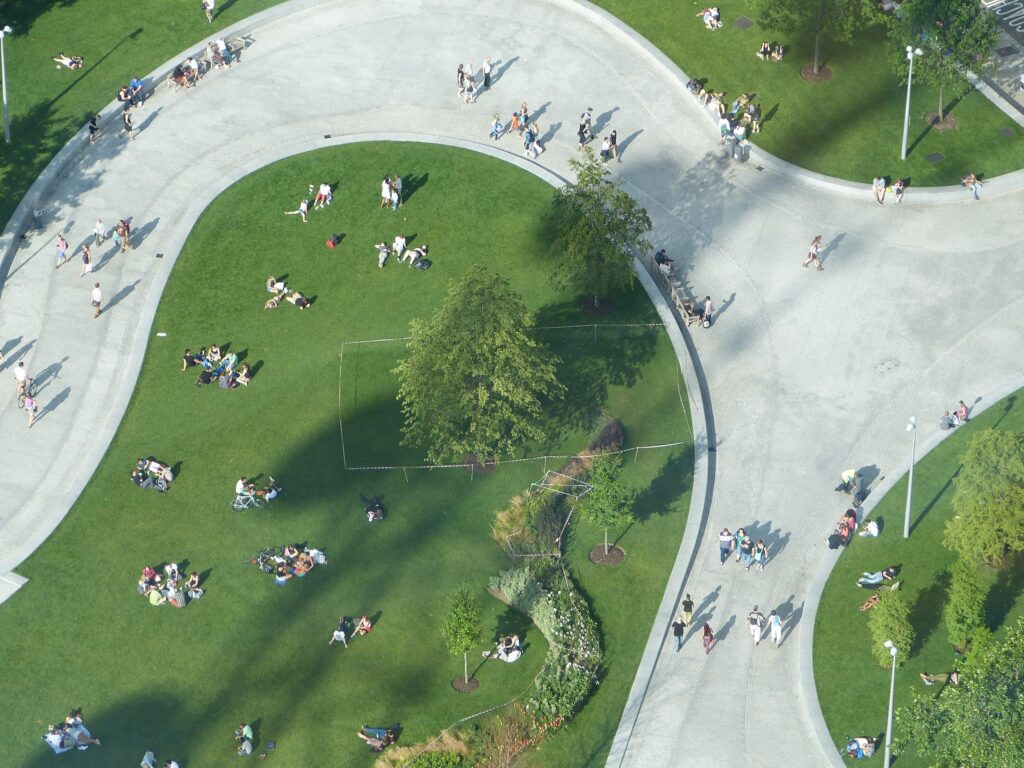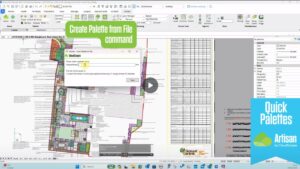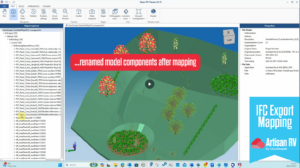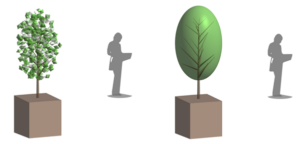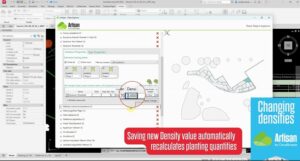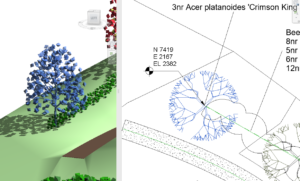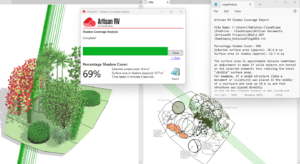What is Biodiversity Net Gain (BNG)?
“When designed and delivered well, biodiversity net gain can secure benefits for nature, people and places, and for the economy.” – Natural England, BNG Brochure
Biodiversity Net Gain (BNG) is an approach to development, land and marine management that leaves biodiversity in a measurably better state than before the development took place.
When did BNG become mandatory in the UK?
In England, BNG has been mandatory for developers under Schedule 14 of the Environment Act 2021 since 12 February 2024. Ecologists, landscape architects, developers and environmental teams will need to work together with developers to ensure they achieve a compulsory 10% biodiversity enhancement from pre-development scores and a 30-year management plan to maintain this.
How can Artisan and ArtisanRV landscape tools help demonstrate BNG?
By designing, planning and modelling in Artisan and Artisan RV, landscape professionals have access to the essential data they need to make informed landscape decisions that benefit the environment. CloudScapes landscape design tools dynamically update underlying information as a project progresses – providing accurate data for analysing performance such as those required for BNG calculations.
Within Artisan and ArtisanRV, the data can be viewed, modelled and exported, supporting landscape architects in their BNG assessments by:
- Capturing the original baseline habitat ‘score’ from data imported from site surveys and table-based study. This information is often collated in a geographic information system (GIS). GIS information can then be imported into CAD and Revit and used within Artisan and ArtisanRV but it is more likely that BNG calculations (comparing ‘baseline’ habitat data with ‘post implementation data) will occur outside of mainstream CAD and Revit environments.
- Measuring the anticipated habitat information throughout the design phases as it changes – referring back to the baseline information and recalculating the anticipated ‘net gain’.
- Designing, using and recording to map out different outcomes of post-implementation habitats.
- Showing planting and its affect on habitats as trees, hedging and woodland habitats grow to maturity.
- Modelling and demonstrating project change over time in unison with GIS data.
- Connecting BIM, GIS and CAD/Revit data to understand the whole lifecycle of a project.
- Collaborating in the Cloud to collate, calculate, compare and export habitat scores.
How do I ensure BNG success?
BNG can only achieve success through projects that are delivered collaboratively with the whole lifecycle considered at every stage. Artisan and ArtisanRV aligns Building Information Modelling (BIM) with landscape design and the measurement and achievement of Biodiversity Net Gain targets and metrics. Both platforms are primed and ready to instruct, inform, measure and aid collaborative working to ensure long-term BNG success.
For more landscape design implications for BNG, read our earlier blog “Creating informed landscape design and habitat measurement for greater Biodiversity Net Gain”

